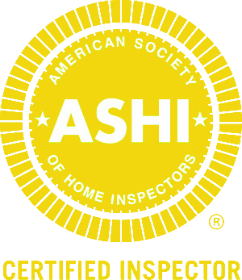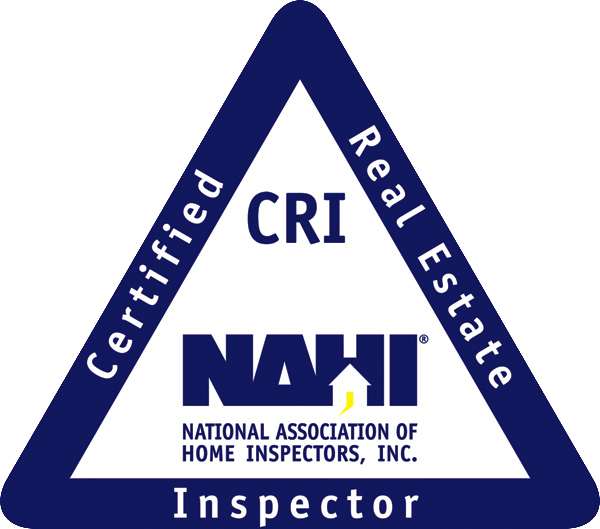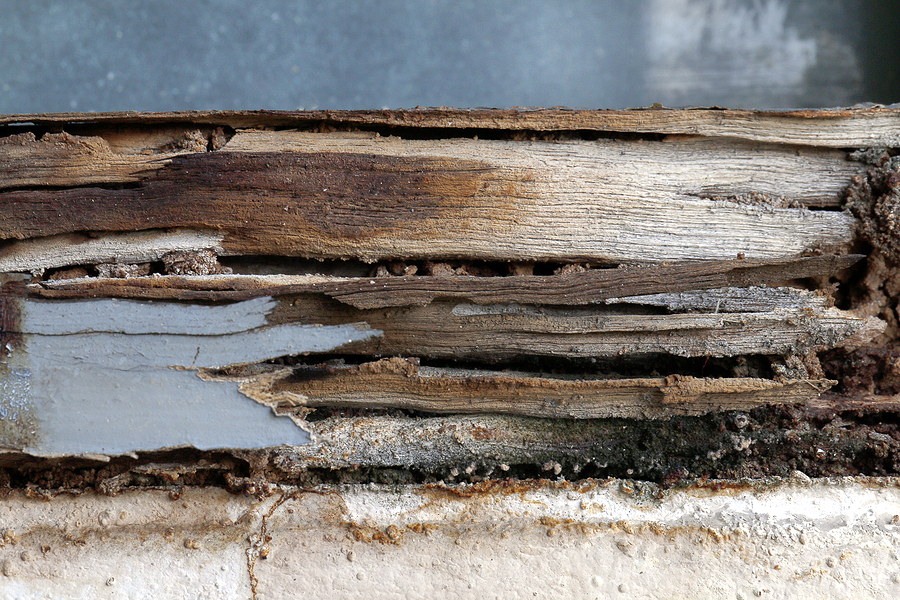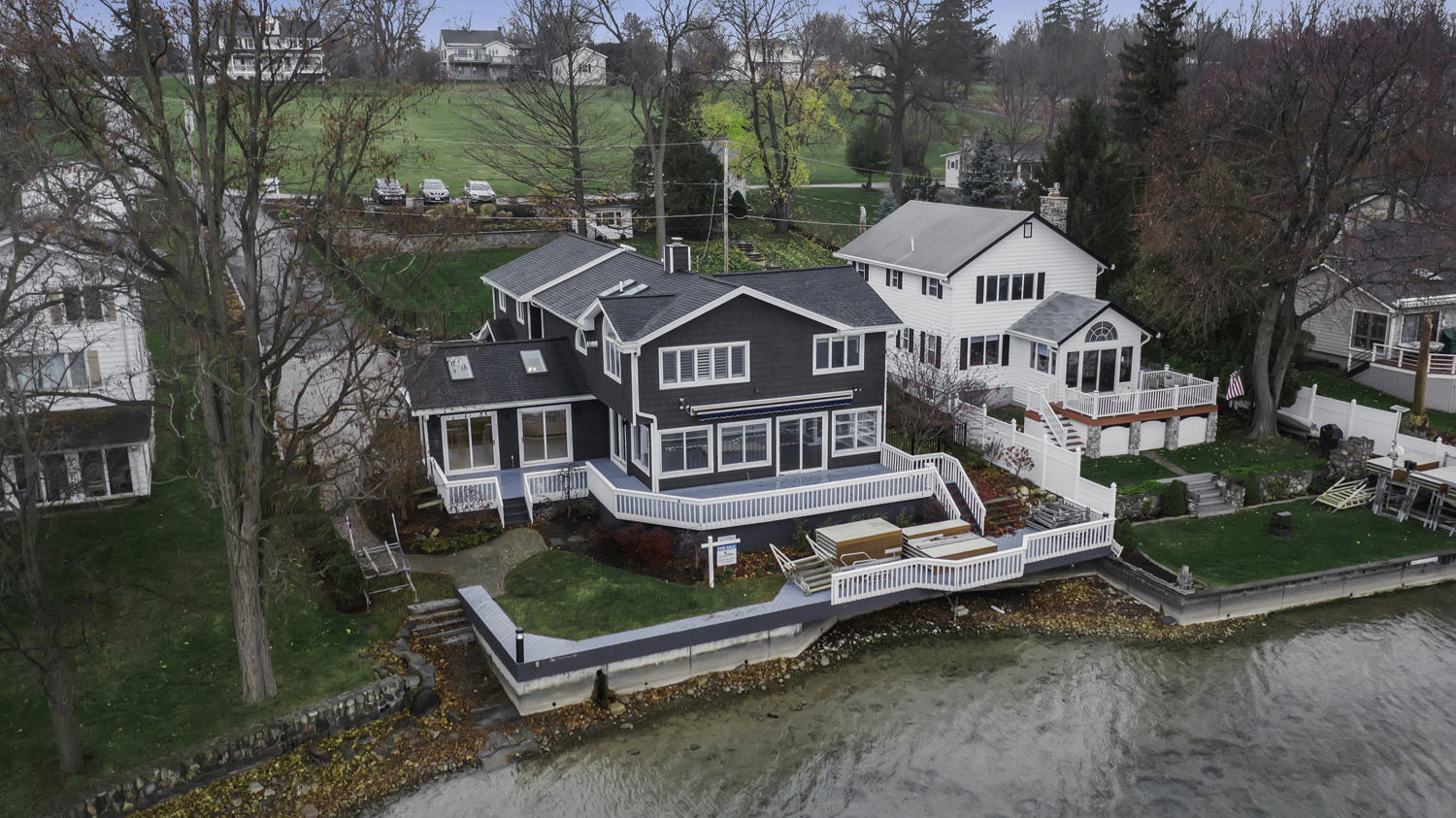Termites will eat you out of house and home
By Richard F. Pezzino
Termites are social little creatures (meaning that they live in colonies), who are closely related to cockroaches and who enjoy making a meal out of the wooden parts of buildings, utility poles, and fence posts. They like warm, moist places that won’t dry out their delicate little bodies.
And they are considerate. Your siding won’t look at all as though it has been eaten away, there will be a nice shell of wood covering the termite tubes, plus, they don’t leave behind sawdust like other wood boring insects. Of course, the structure of your home will be weakened -- the termites don’t really care about that – but you should. You can simply tap areas of wood that you think are infested, and if they sound hollow, you might want to see if you can strip off a layer, which will expose the tubes.
We don’t have a lot of termite infestation in Western New York, but we do have some. In fact, the only state that doesn’t have termites is Alaska and in Chicago, which has a climate close to Buffalo’s, termites infest one out of every 16 buildings. Each year termites cause more damage than fire and earth quakes.
Once these critters find a warm, moist place that protects them from the elements, their colonies can have a pretty long lifespan. The best thing to do is – don’t give them a place to start.
You can stop termites in their tracks by being careful in planning and constructing buildings. Any wood debris at a building site should be removed before construction starts. Termites love to hide in roots, stumps and even spreader sticks and grade stakes, so all lumber scraps should also be removed from the building site after construction has been completed.
Termites can travel through cracks that are as little as 1/32 inch wide, so poured concrete foundations are the best choice. Hollow-block or brick foundations should be capped with a minimum of four inches of poured concrete.
Outside finished grades should be at or below the level of soil in a crawl space, and exterior siding should be at least six inches above outside grade and should not extend more than two inches below the top of the foundation walls. Crawl spaces should be 18 inches above ground, with girders a minimum of 12 inches above ground. And don’t stack firewood in or against your home.
Exterior woodwork such as porches and steps should be treated with preservatives. Pentachlorophenol, creosote or inorganic arsenicals may be required, although there is now some controversy about the safety of inorganic arsenicals.
March and April are the months to watch out for termites – those are generally the months that they “swarm.” When the atmospheric conditions are right, it’s warm out, and there’s moisture and light for them, you may see the little guys emerging from their colony located in some soil or wood. Or, if they don’t actually show themselves, they will shed their wings and are likely to leave these on the floor beneath an infested area.
If you have these unwanted houseguests, they’ve got to be evicted. Termites can be eliminated either by applying an insecticide to kill them, or making the wood resistant to termite infestation. Treating the wood poisons their food source, but sometimes they’ll bypass the treated section by building tubes over them to reach the untreated wood.
They can also be treated with termiticides, which can be injected into the termite galleries, or applied by using pressure to distribute the insecticide through the pores of the wood. There are different kinds of termites though, so you’ve got to target your pest treatment to the insect.
Native subterranean termites typically must have direct contact with the soil. The objective in eliminating these guys is to create a barrier of treated wood one- to two-feet wide between the soil and the base of the structure. Buildings with basements or crawl spaces will need a band of treated wood that goes completely around the perimeter, including sills, plates, floor joists and areas next to openings for plumbing and electric.
Drywood termites hitch rides into our area on pieces of furniture and wicker. They are hard to detect, as all they leave behind are fecal pellets that look like grains of sand or pepper. If you look at these droppings under magnification, however, you’ll see that they are either six-sided or grooved. Drywood termites can be controlled by spot treatment if they haven’t spread to other parts of the structure. If they have spread, you may have to have your entire house fumigated under a tent.
Since termites cannot always be eliminated, they can only be controlled, there’s a new technology for prevention called “bait stakes.” This is a do-it-yourself system where you place the stake outside your home and it attracts, then kills the termites who eat the bait and carry it back to the colony. The number of stakes needed depends on the size of your home.
An inspection for wood destroying insects is required in order to obtain a VA mortgage. This means that, in addition to checking for termites, the inspector has to look for carpenter ants, carpenter bees and powder post beetles. Home inspectors must by certified by the New York State Department of Energy Conservation to be qualified to perform these inspections.
Having an inspection for wood eating insects is always a good investment when you are buying a new home because -- as social as termites are with each other – you don’t want them being sociable with you!
Richard F. Pezzino is a Certified Home Inspector, a member of the National Association of Home Inspectors, National Radon Safety Board and has U.S.E.P.A. training in Lead Abatement and Lead Risk Assessment. His company, Accu-View Property Inspections, can be reached at 716-882-2200 or on the web at www.AccuviewInspections.com.

